In case you’ve been binge-watching Orange Is the New Black and haven’t set foot outside for the last month, there are rainbow flags flapping from buildings everywhere. Drag queens’ schedules are completely booked solid through Independence Day. DJs are slathering themselves in self-tanner, bottoms are douching daily, twinks are tweezing everything, and for the last week I’ve eaten nothing but the succulent jelly of queen bees. You know what that means:

Yaaas, children, it’s Pride season.
Across the country and the world, cities are celebrating Pride this month. Alcohol sponsors abound, redundant dance remixes hit the radio, and multicolored tchotchkes made in Taiwan are hung everywhere to tell you We. Support. Gay. People.
Now I wouldn’t be a good gay guru (Gayru, if you will) if I didn’t harken back to how Pride began. Police raids on gay bars were commonplace before the 70s. San Francisco, New York, Chicago: our spaces were shut down, our people were jailed, and their reputations tarnished if gay bar owners refused to pay off “the right people.” But in June of 1969, drag queens and hustlers and lesbians and queers of all kinds banded together against violent law enforcement officers who had raided the Stonewall Inn of Greenwich Village, New York City. The protests lasted for days and were later referred to as the Stonewall Riots, an event which symbolized queer agency and gay freedom, which many to this day attribute to setting the queer liberation movement into motion.
The following summer, queer New Yorkers came together to celebrate the anniversary of the riots. They took to the streets, decorated their cars, dressed up in their sexiest leather and tallest heels, and cheered in the streets as a way to combat the shame and discrimination they faced every day. Crowds formed around this parade of queers in New York, and around similar marches in Los Angeles and San Francisco that same weekend. Perhaps these sexual minorities didn’t know that this action in June of 1970 would become the first annual Pride Parade, but one thing was certain: they had to be gutsy as fuck.
Like today, these LGBT folks were an oppressed minority, but unlike today, there were no public leaders coming out as lesbian or defending bisexuals or broadcasting empowered trans characters on TV. These marchers—and every other queer who took a stand in their own way at the time—had to do so without the news that Harvey Milk was elected to office, or that Greg Louganis is queer, or that Ellen Degeneres came out on TV, or that Laverne Cox graced the cover of TIME Magazine. Quite the contrary: it was because of these tenacious Pride parade organizers of 1970 that Harvey and Greg and Ellen and Laverne and the rest of us were able to reach so far.
Cut to 2015.
Streets filled with queers and straights alike, shoulder to shoulder in such beautiful unity by celebrating their hangovers together. Side by side, drunk messes falling over themselves while thousands of people show their advocacy for the cause by burying their heads in their phones until it’s time to take a selfie as the Dykes on Bikes drive by. Parade routes glittering with floats brought to you by Coca Cola, American Spirits, Smirnoff, and other carcinogenic products that are so totally fun, because rainbows. Giant conglomerates like Macy’s and Amazon migrate down the road all clad in company swag, tossing baggies of chocolates and USB drives to cheering onlookers, sending the all-important message that “this company loves you”—and the subliminal follow-up: “so love us back, with your dollars please and thank you.” What started as a police riot now resembles a live commercial, leaving in its wake a pathetic sea of beads, discarded flags, and recyclable Starbucks cups littering the streets, all to be dumped in a landfill after 4 hours of use.
Pride has become a celebration of all that the queer community and our allies have achieved, and for that I am quite proud. I’m grateful that there is a holiday that my city and my President honor as a way to celebrate marriage equality, the passage of hate crime legislation, and the continued affirmation of the LGBT community. But Pride has also distanced itself from queerness and revolution, slowly shuffling toward vanilla pedestrianism and capitalistic commerce. What began as a crowd of people united by a mission has morphed into an audience who gather for the spectacle, the pageantry, the hopes of finding a puffed-up fuckbud for the weekend.
It would be naïve to say we do not need corporate sponsorship. Pride has become too big to survive without money, and we live in a time where people contribute financial activism through conscientious purchases rather than donations. It’s important for businesses to show their support for their queer patrons and employees. And yes, here I am bitching about how many companies want their logos on our go-go-boy-covered parade floats when countries like Russia and Uganda and North Korea kill folks for making a cardboard “Gay and Proud” sign. Sure, we have to appreciate the privilege and freedoms we already have. But for fear that we’re missing the mark and forgetting the “reason for the season,” let’s recap what the future of Pride should actually be:
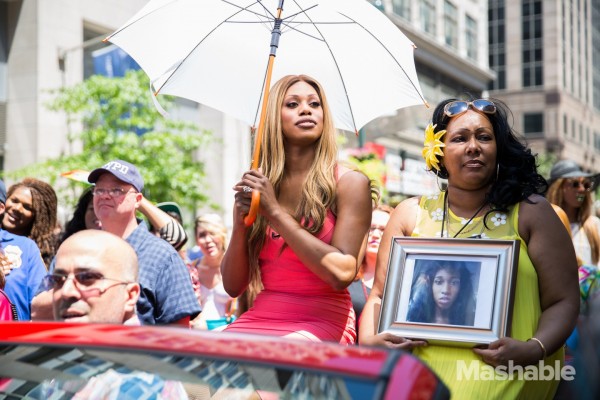
Laverne Cox and Dolores Nettles memorializing Islan Nettles, NYC Pride 2014, photo credit Sarah Fisher
- People of color, women, bisexuals, and trans folks being fully welcomed and marketed to for equitable queer events and organizations. Pride is not just for muscly cisgender gay white men.
- Community organizers mobilizing in the streets, making it known that hate crimes are still occurring, that people are still assaulted and murdered out of homophobia, transphobia, misogyny, racism, and gun violence.
- Elders teaching young people how it’s done, sharing stories of our cultural pasts.
- Youth heeding their elders, sharing with them what young communities are doing now to evolve our LGBT movement.
- Businesses showing sexual minorities they value us by sponsoring scholarship programs, donating to pro-equality legislation fundraisers, hiring and promoting capable LGBT employees, and refusing to do business with corporations who donate to anti-gay politicians/legislation.
- Kink, debauchery, sex-positive culture. Rubber and leather and latex and chains are part of our heritage.
- Parents, suburbanites, wholesome family-friendly events. Involving this demographic is not assimilationist; it’s welcoming the future.
- Straight folks recognizing Pride events not as a zoo, but as a place to show your humble and vocal allyship for sexual minorities—allyship you should be proud to express all other 364 days of the year.
After all of this, why do we still bother with Pride? Because even in 2015, we still need these things. We need leather daddies. We need positive representation of same-sex parents. We need racial equity in the LGBT community. We need trans advocacy. We still need straight allies to help lift our big gay equality spaceshuttle off the ground, helping us launch our queer liberation movement to other parts of the world that don’t yet get to celebrate this important holiday.
Is Pride your absolute favorite? Is it obsolete? What is Pride missing? Comment below, reach out via social media, or email me at ryan@seattlegayscene.com.


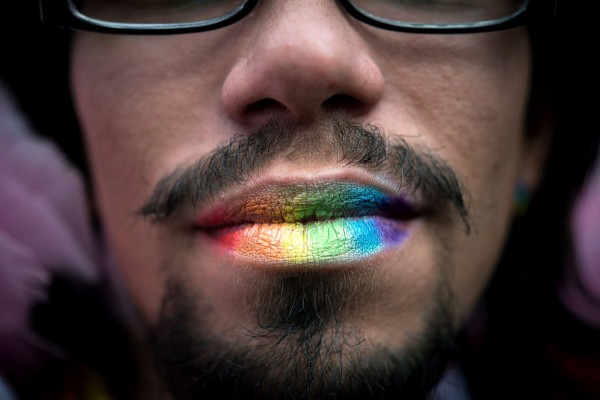



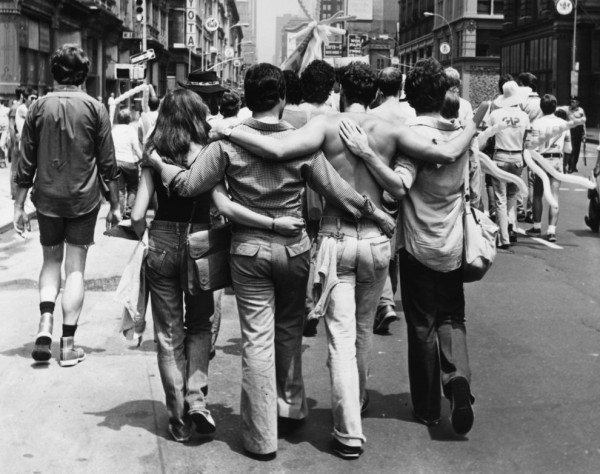

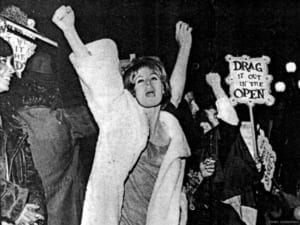
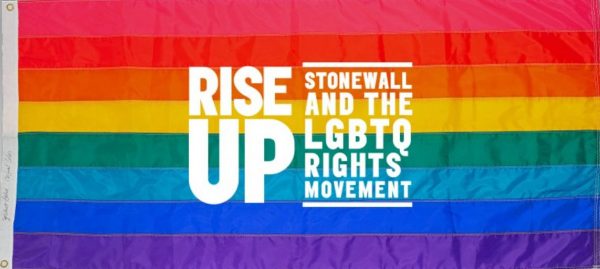
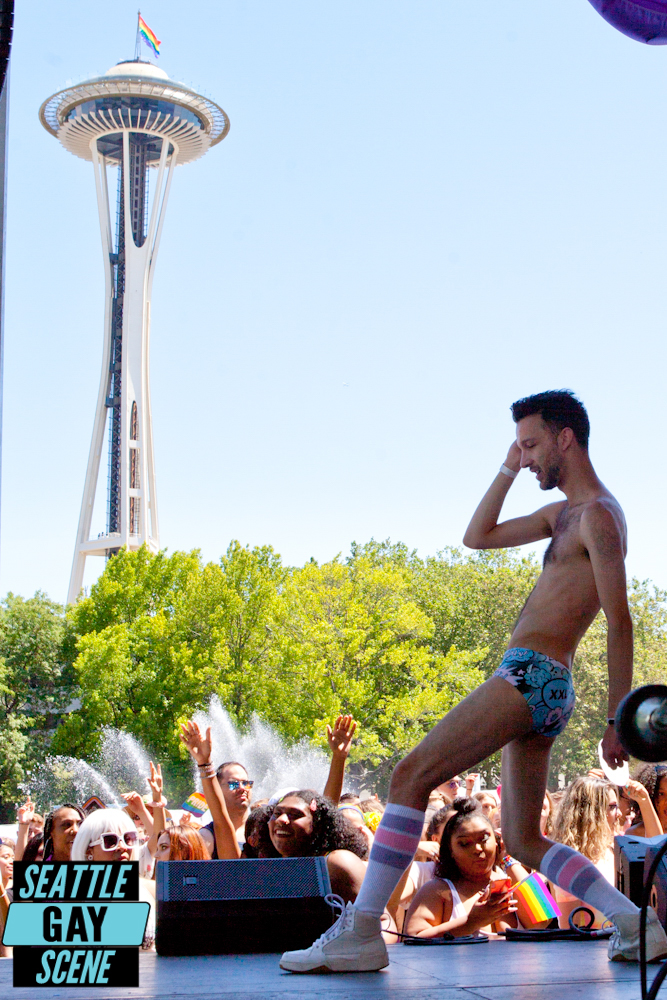
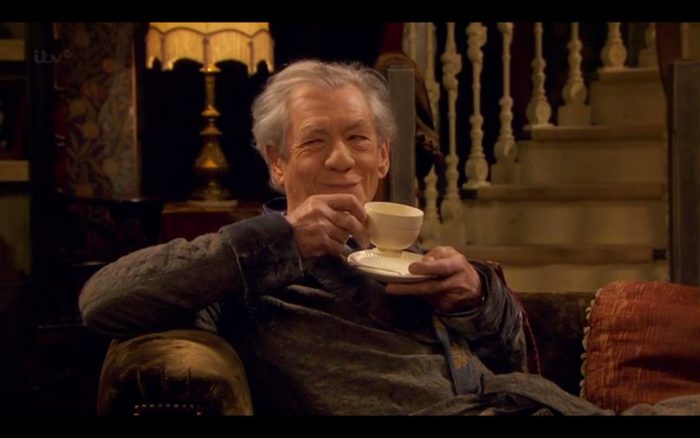
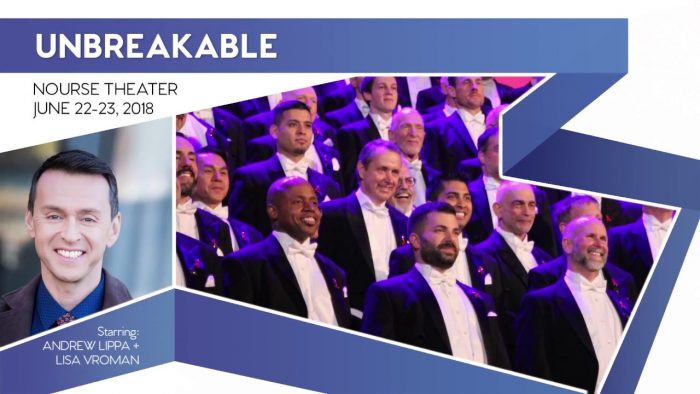

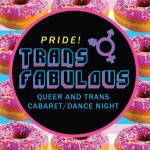

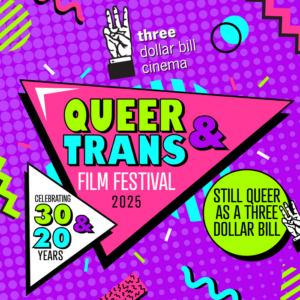



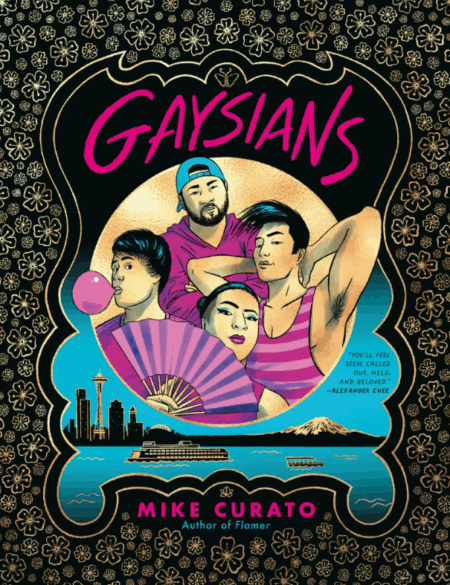

I love this article! I was having this exact conversation with my boyfriend about this…that there is a depression that comes with PRIDE…the debuachery of today, the pain of the past, the flashlight shining bright. But in the end, I will participate again and create another year of Pride for myself.
[…] all due respect to Ryan Crawford and his wonderful column, I’d humbly like to submit my version of a Love & Lust in Queer […]